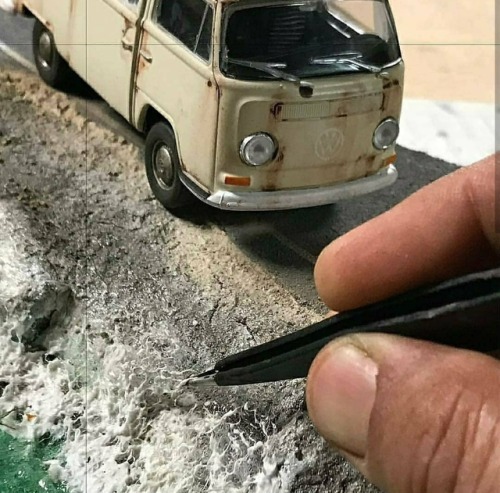Chris Howard's Blog, page 60
July 28, 2018
cair–paravel:
Leakey’s Bookshop, Inverness. Scotland’s second...
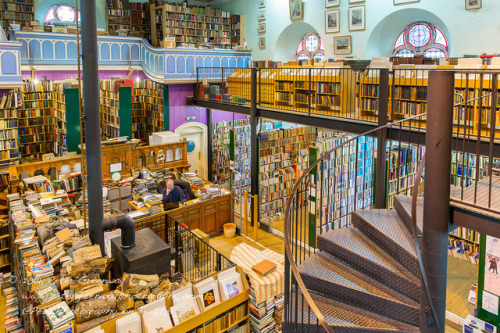

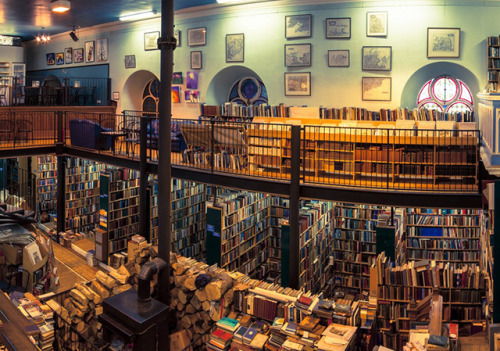



Leakey’s Bookshop, Inverness. Scotland’s second largest secondhand bookshop, with around 100,000 books. The building, dating back to 1793, used to be a Gaelic church, giving the shop two floors, high ceilings, and beautiful windows.
July 27, 2018
Einstein…still as badass in 2018 as he was in 1918. So,...

Einstein…still as badass in 2018 as he was in 1918. So, scientists all over the world have been studying the motion of a star (S2) as its orbit takes it as close as it gets to Sagittarius A* (pronounced “Sagittarius A-star”), a supermassive black hole at the center of our galaxy. Einstein’s theory of general relativity has some things to say about how a star with this orbital path around an object four million times heavier than our sun would behave and what an observer would detect–gravitational redshift and other interesting phenomena. As S2 approached Sagittarius A* it sped up dramatically, exceeding 4300 miles per second, which is almost 3% the speed of light. Yeah, so, it was moving rather quickly. Guess what? We continue to apply Einstein’s theories as new and even wilder cosmic situations arise, and they continue to match what we observe. Precisely. Well played, Albert.
July 23, 2018
July 21, 2018
July 18, 2018
Here’s NGC 281 (“Pacman Nebula”) in the Hubble...
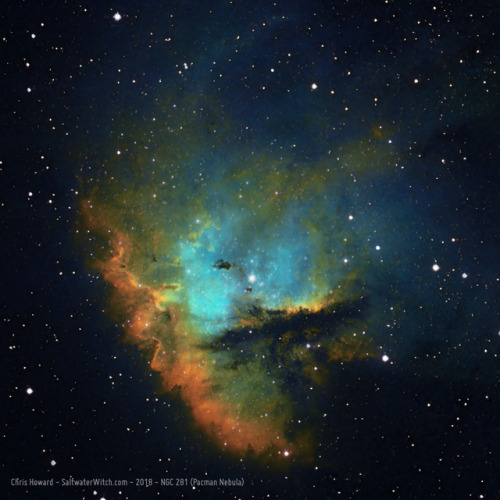
Here’s NGC 281 (“Pacman Nebula”) in the Hubble Palette (SII, Ha, OIII -> RGB). NGC 281 is an emission nebula, about 9,200 lightyears away in the constellation Cassiopeia. I re-stacked and reprocessed some hydrogen-alpha, oxygen-3, and sulphur-2 image data I shot several months ago, and I’m happier with this latest result than I was then. It’s called the Pacman Nebula because it sort of looks like the classic video game character. (6 x 1200 second exposures in Ha, 5 x 1200 sec OIII & SII with 16 dark frames, Atik 414EX mono CCD, Astronomik 6nm Ha, OIII, SII, William Optics GT81, CEM25P EQ mount, WO 50mm guidescope with ZWO ASI120S-MM guide cam, INDI/KStars/Ekos observatory control).
bedenehapsedilenruhlar:
Art by IG: @eddieputera
Instagram:...
July 17, 2018
July 12, 2018
The Andromeda Galaxy. The last time I photographed Andromeda...
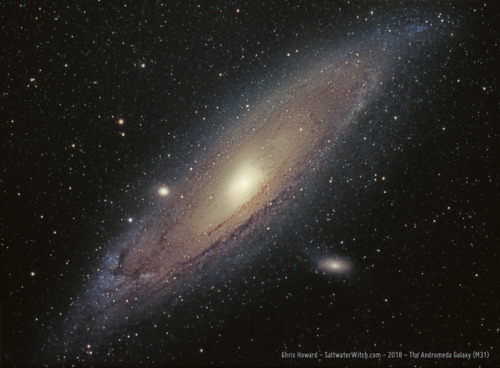
The Andromeda Galaxy. The last time I photographed Andromeda (M31) was 2015, maybe fall of 2014? It’s been a while. I was using a DSLR–that was the only camera I had, and I had it on a terribly-used Celestron CG-5 equatorial mount with some aftermarket RA/DEC motors. By “terribly-used” I mean you could drive a truck through the gear backlash. Even so, I still managed to get some decent 30-second exposures of Andromeda, Orion Nebula, and other big bright targets in the sky. Well, I’m back with our galactic neighbor, and with much better gear: 192 x 120 second sub-exposures, ZWO ASI071MC camera at -10C, William Optics GT81 APO, iOptron CEM25P EQ mount.
July 10, 2018
In my last post I walked through a long stretch of the Milky...
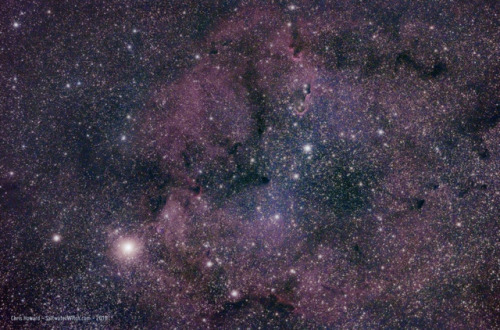
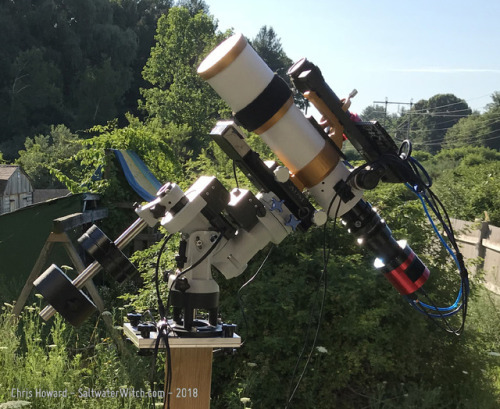
In my last post I walked through a long stretch of the Milky Way, our galaxy, and at the far left of the shot was part of the constellation Cepheus with a “vivid red star” called the “Garnet Star” (Mu Cephei), and that was right next to some cool nebulosity that includes the Elephant’s Trunk Nebula. Well here’s what that region looks like up close in RGB color. (You should see it in narrowband!). I took 21 x 300 second (5- minute) exposures, running the sensor at -10°C, stacked them in DSS, and processed them in Photoshop CC 2018. That’s Mu Cephei in the lower left, and middle top you can see the Elephant’s Trunk Nebula. Also including a pic of my setup for this shot– #WilliamOptics GT81 APO refractor and a #ZWO ASI071MC cooled color astro camera.
July 7, 2018
Our galactic neighborhood in 13 stacked 15 second exposures,...
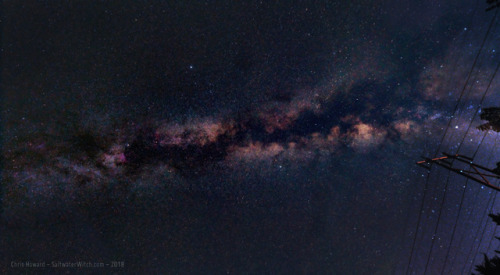
Our galactic neighborhood in 13 stacked 15 second exposures, Nikon D750, Rokinon 10mm f/2.8 lens. What’s crazy is this with a decent DSLR camera, lens, a tripod, and some free image stacking software (DSS). I did the stretching in Photoshop CC–“stretching” is when you adjust contrast, intensity values, to bring out the features of whatever you’re shooting–in this case the north end of the Milky Way Galaxy, our home. Let me point out some interesting features: starting at the left, that vivid red star is the “Garnet Star” (Mu Cephei), and that’s right next to some cool nebulosity that includes the Elephant’s Trunk Nebula (IC 1396), a little ways along, you see that blocky reddish region? That’s the North America Nebula (NGC 7000) with the star Deneb (19th brightest star in the night sky). Deneb forms the northernmost (leftmost in this shot) point of the famous “Summer Triangle”. The other two points are Vega, the 5th brightest star in the night sky (to the right and above the Milky Way core in this shot), and Altair (12th brightest) a little more to the right and below the Milky Way core. Moving along the galaxy, just left of where the powerlines cross, those grayish-pink cloudy areas? That’s where you will find the Eagle Nebula (Messier 16, NGC 6611) and the Swan Nebula (M17). That bright point of light in the middle of the powerlines is the planet Saturn, which is moving along the ecliptic and right now it’s in a pretty good place for viewing. Just right of that are a few more cloudy areas. That’s where you would look for the Lagoon Nebula (M8, NGC 6523) and Trifid Nebula (M20, NGC 6514). Somewhere along the Milky Way–this is where you will mostly likely find me focusing my telescope all the through the summer and fall. I almost see this shot as a map of places to visit from afar, and the cool thing is you really don’t need to setup the astro gear for this. You can create your own galaxy map, as long as your camera can handle long exposures (only 15 seconds) and you have it on a tripod with a remote shutter control. http://SaltwaterWitch.com/astronomy





